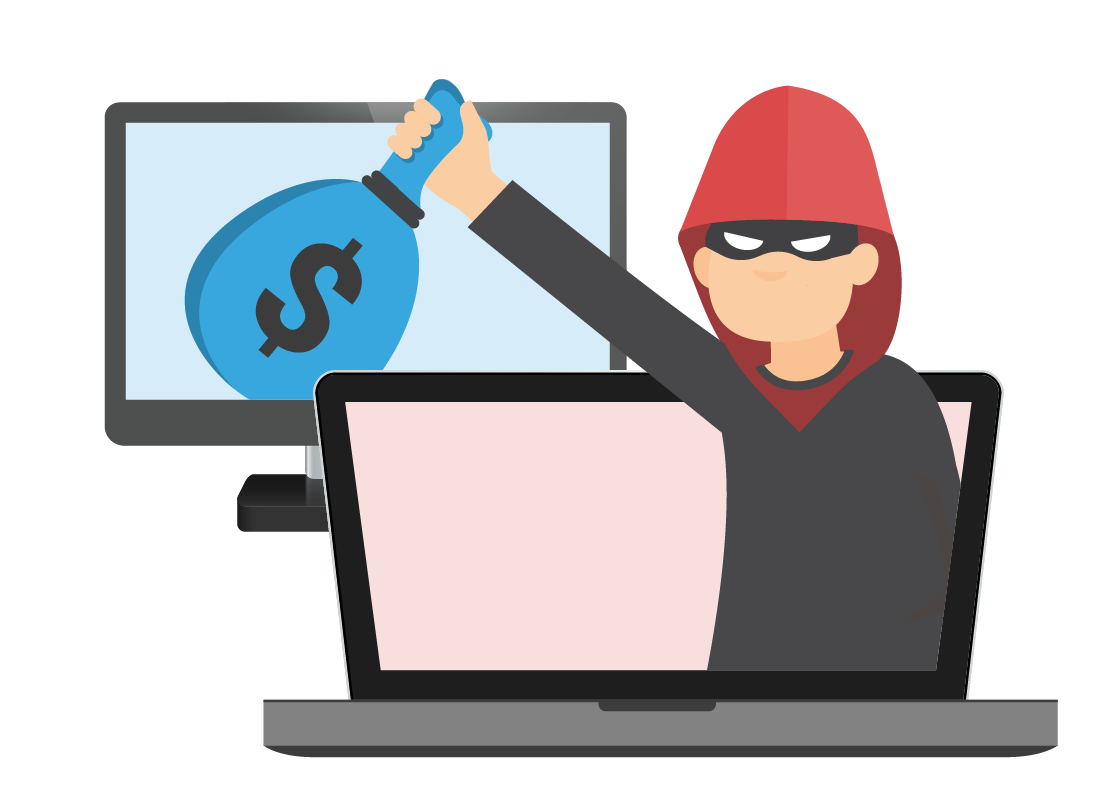Remote access scams
Learn what a remote access scam is, and how they often begin by tricking you into fixing a problem with your computer that doesn’t actually exist.
What is a remote access scam?
Remote access scams involve a scammer asking you to install software supposedly to:
- Fix a problem with your computer
- Reverse an erroneous payment to an account in your name
- Save you from getting fined by a government agency such as the ATO
- Stop your internet being shut down.
None of these problems are real, and instead the software gives the scammer access to your computer so they can use it rremotely to steal money and your personal details.

How a remote access scam works:
While there are a few different approaches a scammer will use, all remote access scams involve you being contacted out of the blue by the scammer, by email, text, or most often a voice call.
- The scammer will claim to be from a reputable business or agency.
- They will ask you questions to work out what kind of computer you have.
- They convince you to give them remote access (sometimes you won’t know this is happening).
- They ask for payment or for you to install software.
- The problems identified by the scammer will stop.
- You’ve paid money for software that doesn’t really do anything.
- Your computer may also be infected with malicious software that steals your identity.
How to protect yourself against remote access scams
Scammers have to talk you through some initial steps to give them access to your computer, and to get you interested they have to convince you it’s urgent. You should treat all unsolicited calls as suspicious and:
- If you get a call about a supposed problem with your computer, just hang up
- Keep your antivirus up to date, as it will turn off remote access and scan for malicious software
- Avoid using your computer while on the phone, since the scammer needs you to give them initial access
- If you need your computer, don’t use the internet or visit websites while on a call
- Don’t store written passwords on your computer.
What to do if you are scammed
Most remote access scams just want you to pay for software you don’t need, but some can be more invasive and steal your money or personal details. You probably can’t get a refund on the useless software, but it’s important to still act quickly to protect your other finances and identity.
- Before changing your passwords, uninstall any software the scammer had you install, because this software can include the ability to read your keyboard (and your passwords).
- Do a thorough scan using your antivirus suite.
- Contact your financial institutions to change your passwords and cancel/reissue credit and ATM cards.
- See if you can get a payment reversed. This is often not possible but always worth a try.
- Change your important passwords such as your main email address and the password/passcode you use to sign into your computer.
- Report scams to the ACCC’s Scamwatch service at www.scamwatch.gov.au/report-a-scam. This web page includes a form you can fill out, and also provides links and information on how to get help.
- You can also report the scam as a cybercrime at the Australian government’s cyber.gov.au website.